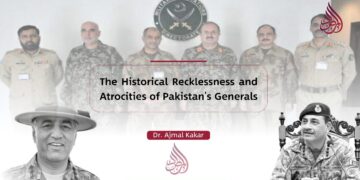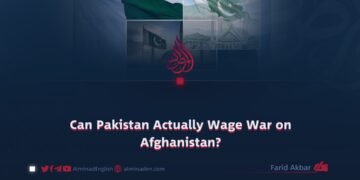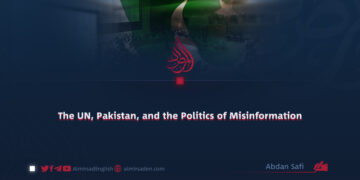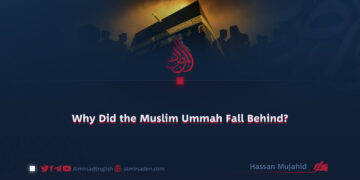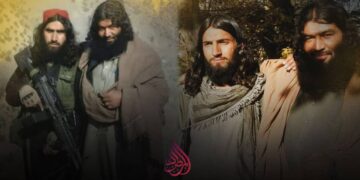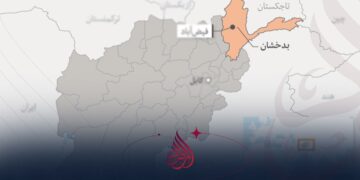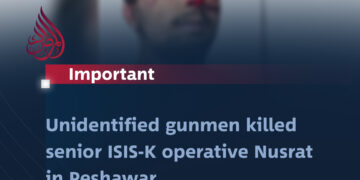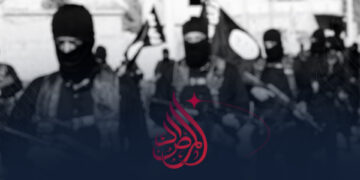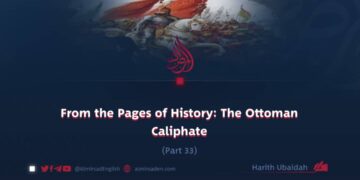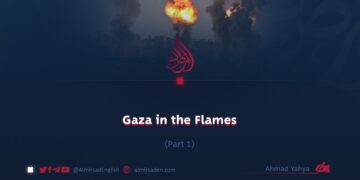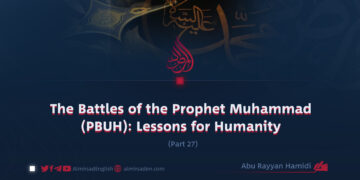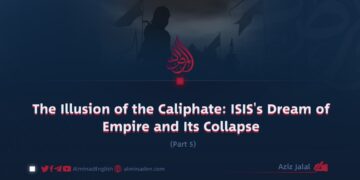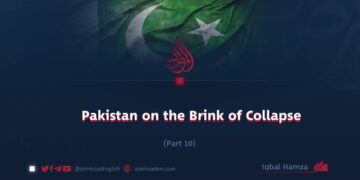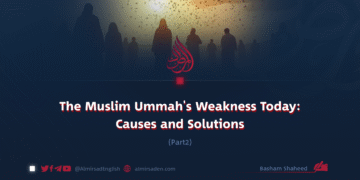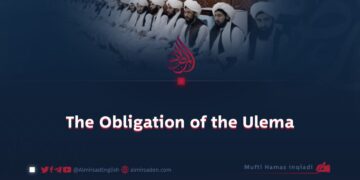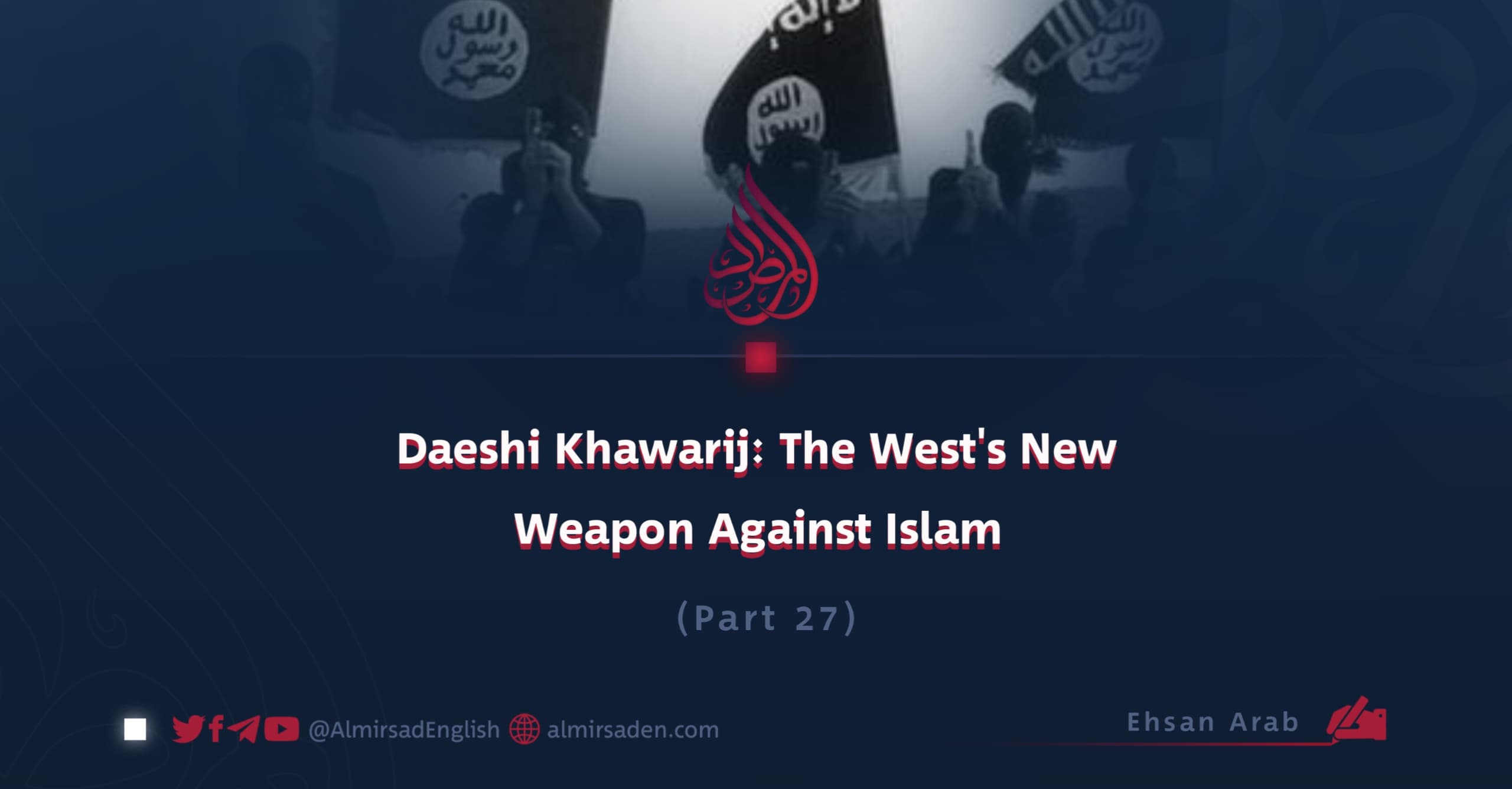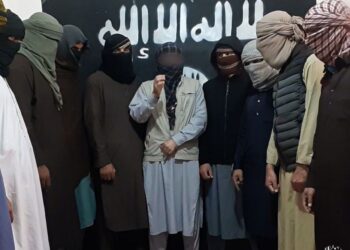Part 27
Ehsan Arab
ISIS: A Testing Ground for Western Armies
ISIS presented itself as the sworn enemy of the West, posing as the heir to an Islamic Caliphate. In reality, it turned into something else entirely, a tool of Western designs. Among its many services to the enemies of Islam, perhaps the most significant was the creation of a live battlefield, an arena where Western special forces and private military contractors could test, refine, and sharpen their skills.
For any modern military, nothing compares to the value of real combat experience. No amount of simulation or training exercise can replicate the chaos, uncertainty, and danger of an actual battlefield. Western powers, reluctant to expose their troops in conventional wars, found in ISIS-controlled territories the perfect laboratory. Here, without bearing the political costs of full-scale war, their elite units gained vital experience.
American, British, and European special forces used operations against ISIS to hone tactics in urban warfare, counterinsurgency, drone operations, and high-risk mission planning. What the world was told were campaigns in the “war on terror” often functioned instead as proving grounds for new strategies. In effect, ISIS became a sparring partner, while the human and material costs were borne by Iraq, Syria, and other devastated nations.
Private military companies also profited handsomely. For firms seeking lucrative contracts, nothing carried more weight than the claim that their personnel had been battle-tested. The war with ISIS provided precisely that. Under live-fire conditions, they trained recruits in tasks ranging from oil-field security and convoy protection to offensive raids and small-unit command. These battlefield résumés later won them multimillion-dollar security deals around the world.
In this sense, ISIS served as a grim kind of academy. The violence of war was the instructor, and Western mercenaries were the students. What shattered communities in the Muslim world became, for these companies, a source of expertise and profit.
A further dimension emerged as former ISIS fighters themselves entered the global mercenary market. Thousands who had fought with the group or alongside local militias shaped by it were later absorbed into private armies. Having mastered combat techniques, sophisticated weaponry, and guerrilla tactics in Iraq and Syria, they were redeployed to Africa, Latin America, and the Middle East in the service of Western interests. Thus, ISIS was not only a temporary menace but also a factory producing mercenaries for future wars.
The group’s existence also gave Western powers a ready-made justification for their ongoing military footprint in the region. Whenever calls arose for foreign troops to withdraw, the specter of an ISIS resurgence was invoked as an excuse to remain. At the same time, inflated portrayals of the threat fueled regional arms races, generating multibillion-dollar weapons contracts for Western industries.
Western media also extracted value from ISIS. Shocking images of violence, combined with choreographed propaganda, filled headlines and screens, stoking public fear and rallying support for interventionist policies. In this way, ISIS served not only as a training ground for soldiers but also as a tool for propaganda and profit.
Seen in this light, ISIS did not weaken Western power, it reinforced it. Its most important function was to provide live battle conditions for Western militaries and private companies, training grounds that would later bring destruction to Muslim societies far beyond Iraq and Syria.
For the peoples of the region, ISIS meant death, displacement, and ruin. For the West, it meant sharpened armies, battle-proven mercenaries, profitable contracts, and renewed justification for domination. In the end, ISIS was never a true enemy of the West. It was a weapon forged at the expense of oppressed nations, its bloodstained fruits reaped by the enemies of Islam.

